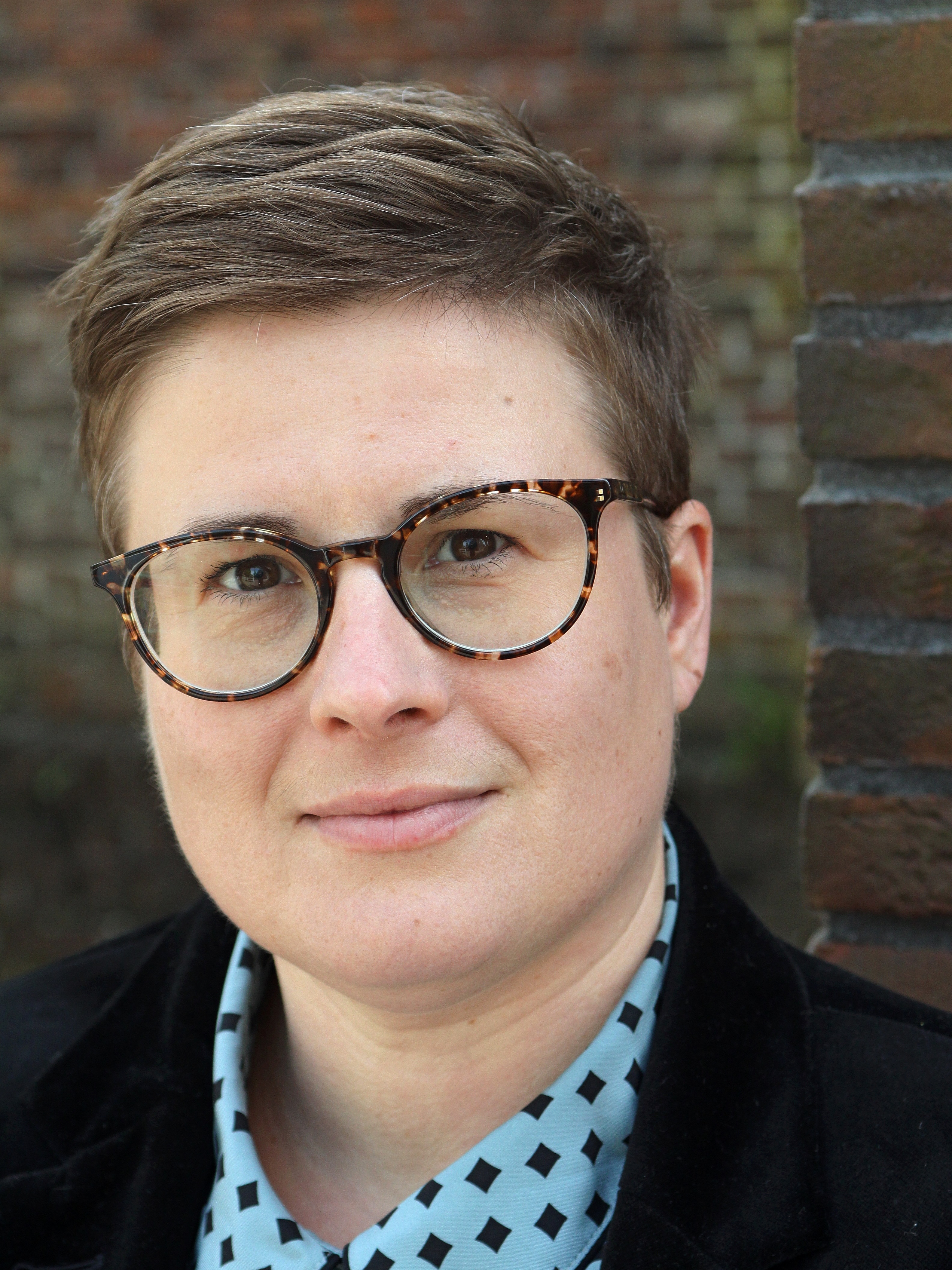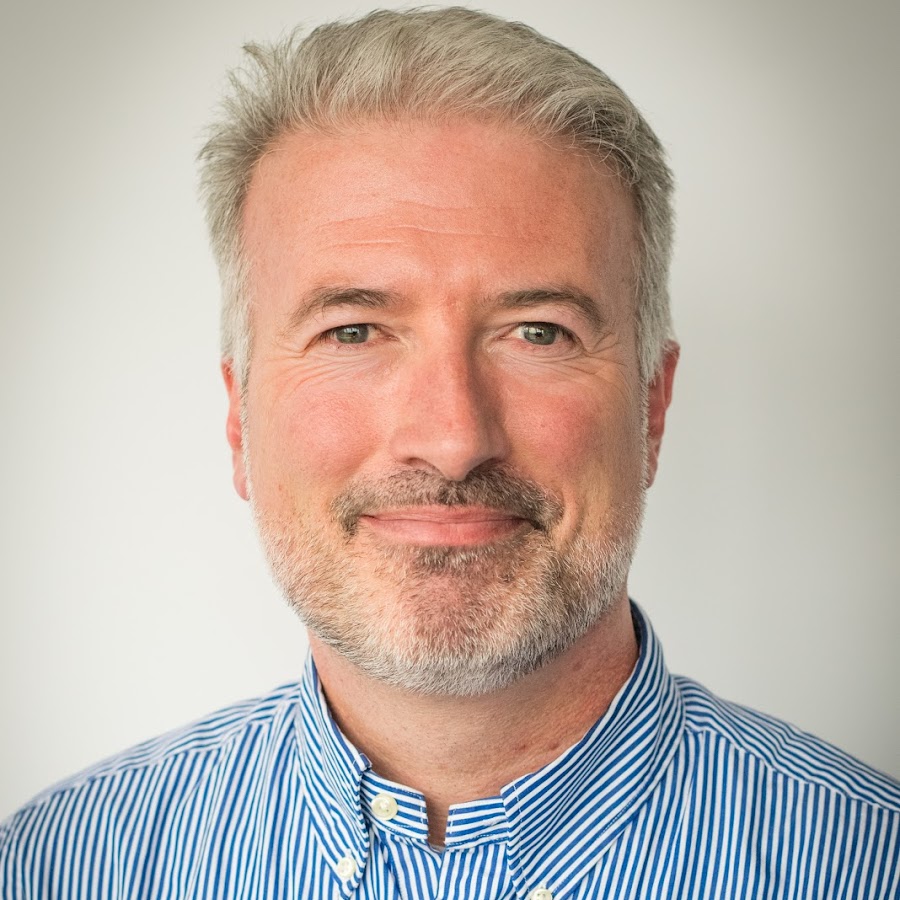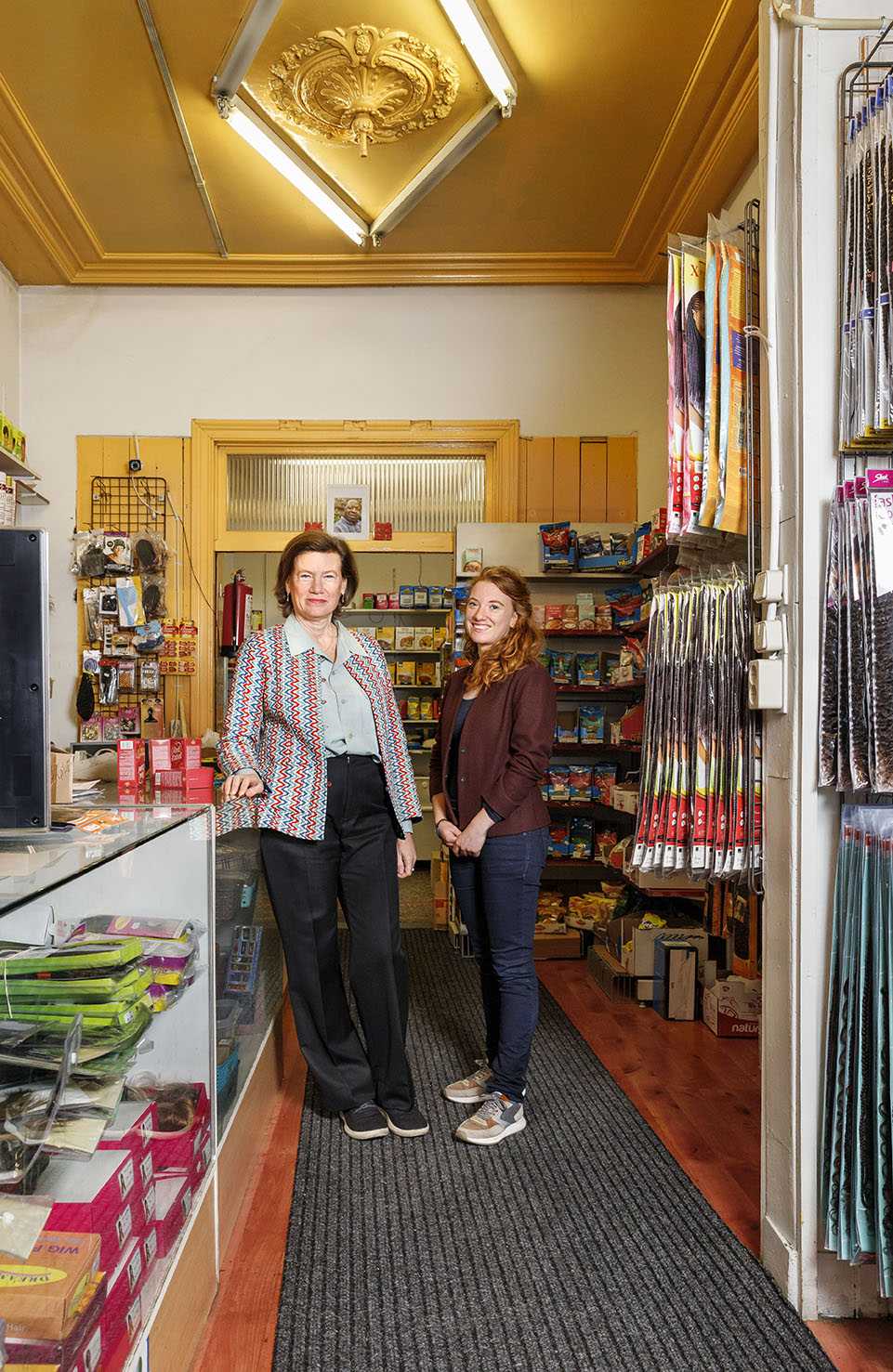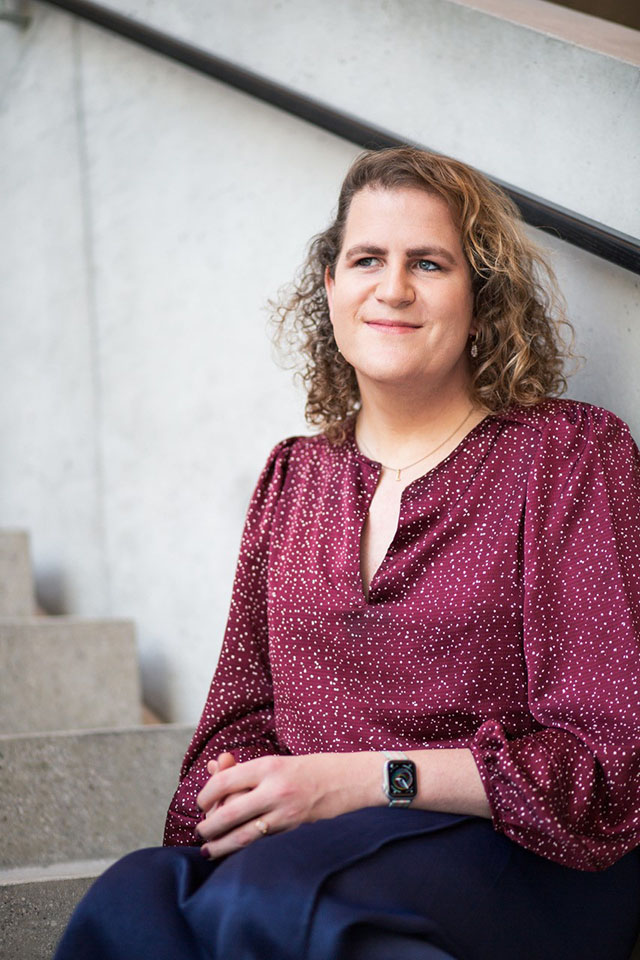Accessing, decolonising and queering the museum
“Let’s say you are invited to someone’s house and they welcome you in, but you are in a wheelchair and there is no ramp in front of the house. Once you are inside, there are offensive pictures hanging on the wall. That will not make you feel as if you are welcome, will it? The same is going on in museums; they say they welcome everyone, but their collections are only accessible and appealing to some people.”
With the NWO Smart Culture project “The Critical Visitor: Intersectional Approaches for Rethinking and Retooling Accessibility and Inclusivity in Heritage Spaces”, Eliza Steinbock, Associate Professor Gender and Diversity Studies at the Faculty of Arts and Social Sciences, aims at solving this problem. Together with co-researchers Dirk van den Heuvel (Het Nieuwe Instituut and TU Delft) and Hester Dibbits (Reinwardt Academy and Erasmus University), they want to facilitate heritage spaces in addressing multiple issues of exclusion at once.
Cultural and financial shift
According to Steinbock, there are two forces at work which call for museums to become more inclusive and accessible.
The first is a cultural shift. “Museums have generally been trusted authorities. Visitors have long assumed that they are neutral institutions and that they don’t have vested interests like a politician or a lawyer would have. But this idea is changing. Visitors are calling for actions to back up cultural institutions’ words. Because just saying that you are an inclusive and accessible heritage site is not the same as actually being one. Are there, for example, touchable artworks for people with limited vision? Does the museum acknowledge its relationship to colonial legacies? Are artworks installed at heights for wheelchair users and children? Are there vegan food options? Is gender sensitive language used in texts?”
Since the cultural sector in the Netherlands is largely paid for by taxpayers’ money, it makes sense that museums need to regain trust from their visitors. “It’s not just the white, Christian male who pays taxes, but people of colour and people with different sensory and cognitive needs as well. They should be anticipated as visitors in ‘national’ and other representative museums too,” Steinbock explains.
The renewal of the Dutch Code Cultural Diversity, a self-regulated code of conduct established in order to ensure that institutions, programmes and audience reflect the diversity of the population in a more visible way, shows that there is initiative on the part of institutions to be respectful and to listen to their critical visitors.
“Another incentive for museums to become more inclusive and accessible are the 2008 budget cuts. Museums were forced to get along with less funding so they were under pressure to sell more tickets to gain income. Many museums looked for ways to broaden their appeal, and increase their relevancy to groups not formerly targeted. To be able to address these groups convincingly, museums have to change their mentality, their ways of thinking about their role in society. Hence, not just the front of the house needs changing, but the back as well. This shift towards a more diverse pool of personnel, public, programmes, and partners brings in new networks, different canons, and new ways of doing exhibitions.”

Going against the grain
Steinbock’s research project consists of a consortium of 15 partners from the Dutch heritage sector. “Through our research, we try to create a learning environment for the cultural sector. We provide readings, scholarly and informal discourse, and the space to raise questions. This makes this research project a co-creation. We are dependent on what the partners are willing to share."
"We work together and look at different possibilities to take actions towards decolonising, queering and cripping (a term that refers to disabled people reclaiming the word ‘crip,’ short for cripple, to describe themselves and to the action of challenging ableism in all forms). Mostly, we aim at raising awareness among the cultural sector about issues of racism, heterosexism and ableism, and by addressing multiple issues of exclusion at once, we are learning together how to develop criticality on the work floor.”
This is not an easy task. “In this business, it’s difficult to talk about failure. The partners have risked a lot and have gone against the grain. They should be praised for their willingness to embrace change.”
The two PhD candidates in this project, Noah Littel and Liang-Kai Yu have been tasked with studying the workings of cultural institutions in the Netherlands in comparison with those in the UK and Germany.
Littel investigates alternative (Feminist and LGBT+) archives in the Netherlands and how the collecting process reflects different ideologies about diversity. For instance, Littel studies IHLIA, the largest LGBT+ archive in Europe that was founded in Amsterdam. At its inception, IHLIA had many male homosexuals at the forefront, so materials collected largely excluded lesbians, bisexuals and women of colour; yet today it is trying to find ways to include heritage from people of colour and trans people. Yu is doing a 6-month embedded research project at the Van Abbemuseum where he looks at how their ‘queering the collection’ programme has been integrated into the curation of exhibitions and working closely with members of the public in a queer constituency.

Rethinking inclusivity
“The partners all show a lot of good will when it comes to rethinking accessibility and inclusion. We started the project around the second wave of the Black Lives Matter Movement. The entire sector experienced this together and the necessity for change became all the more clear,” Steinbock explains.
“Of course some museums had already been busy with becoming more accessible and inclusive. The Tropenmuseum in Amsterdam for example had started its decolonisation process by dealing with questions of ownership, theft, and of returning pieces to their rightful heirs.”
Some attempts at inclusion were met with criticism. “In 2019, the Amsterdam Museum commissioned an artwork about prostitution. While the museum attempted to be more inclusive with the artwork, sex workers were upset about the victim narrative that the piece generated. Despite the criticism, the museum decided to not take the artwork down.”
This criticism is not necessarily a bad thing, Steinbock points out. “The aim is not to take all the offense out, but to think about how to frame contested images to generate a dialogue. There is value in conflict. What is truly important here is that the conversation gets started about historically marginalised groups who are part of a greater public that has been stigmatised, ignored and neglected for decades, or even centuries. These groups now demand to be an active part of culture-in-the-making and heritage safe-keeping. So even though the Amsterdam Museum’s artwork about prostitution was met with valid criticism, it can still be called a success because it generated a conversation.”
In sum, what Steinbock is trying to achieve with their research, is “decentring the dominant cultural narrative. And this is not the end of the world, just the end of the world as we know it, to borrow a phrase from Denise Ferreira da Silva.”
By Eva Durlinger

Eliza Steinbock, Associate Professor Gender and Diversity Studies at the Faculty of Arts and Social Sciences, leads the NWO Smart Culture project “The Critical Visitor: Intersectional Approaches for Rethinking and Retooling Accessibility and Inclusivity in Heritage Spaces”.
Also read
-

Frederik Claasen, the head of policy at our partner organisation Solidaridad Network on the opportunities and obstacles facing smallholder farmers in their data ecosystems.
-
The PhD research of Karlien Strijbosch focuses on Senegalese migrants who were forced to return home after a stay in Europe. Doing justice to such stories is no easy feat, especially when you come up against walls of silence, distrust and shame. Strijbosch and her supervisor Valentina Mazzucato...
-
After several rocky years, Maastricht University alum Lea Vink has found her feet in Vienna. Professionally, she is taking new steps at the crossroads of aviation and organisational psychology. And on a personal level, luck has smiled on her since her transition from man to woman.

